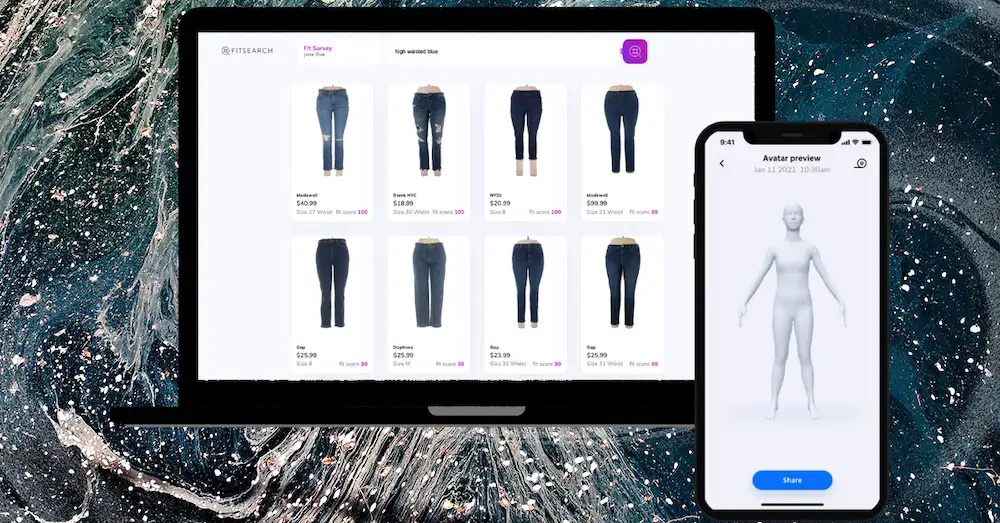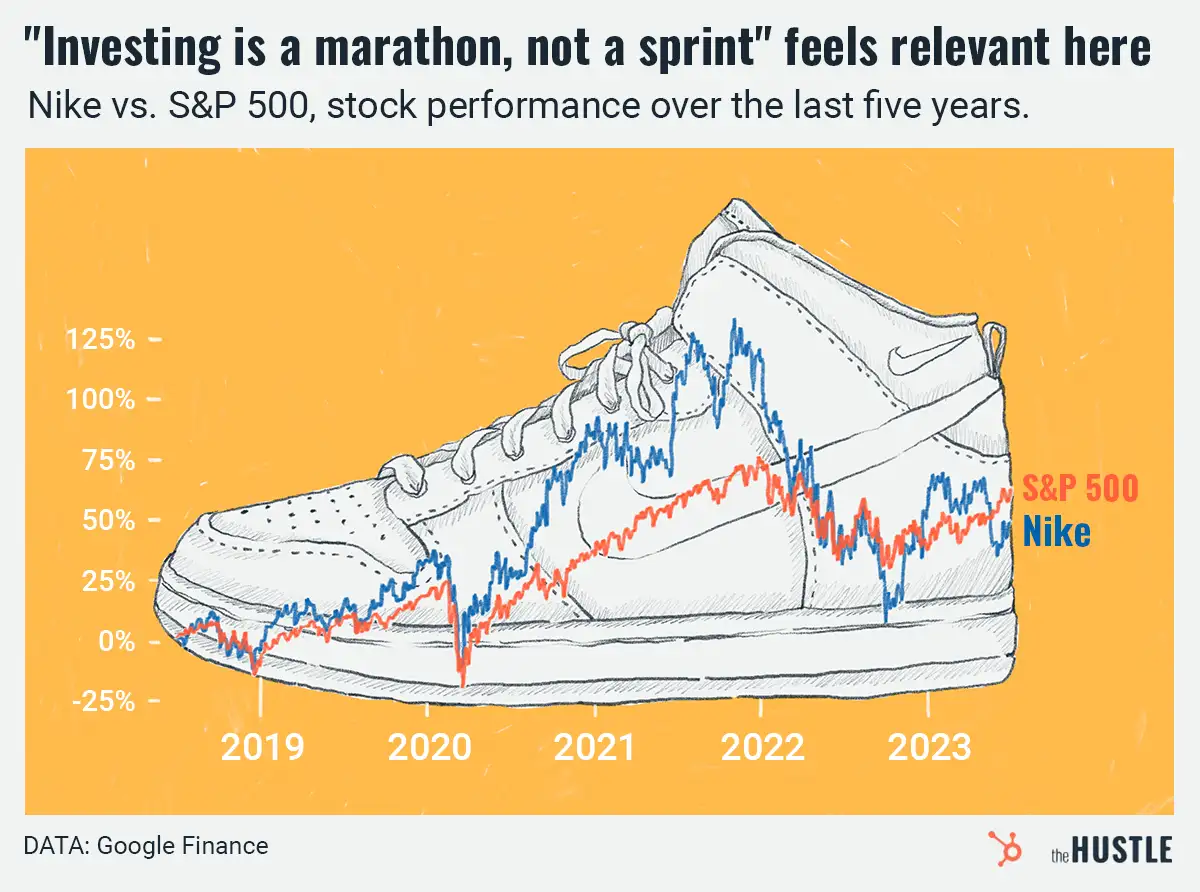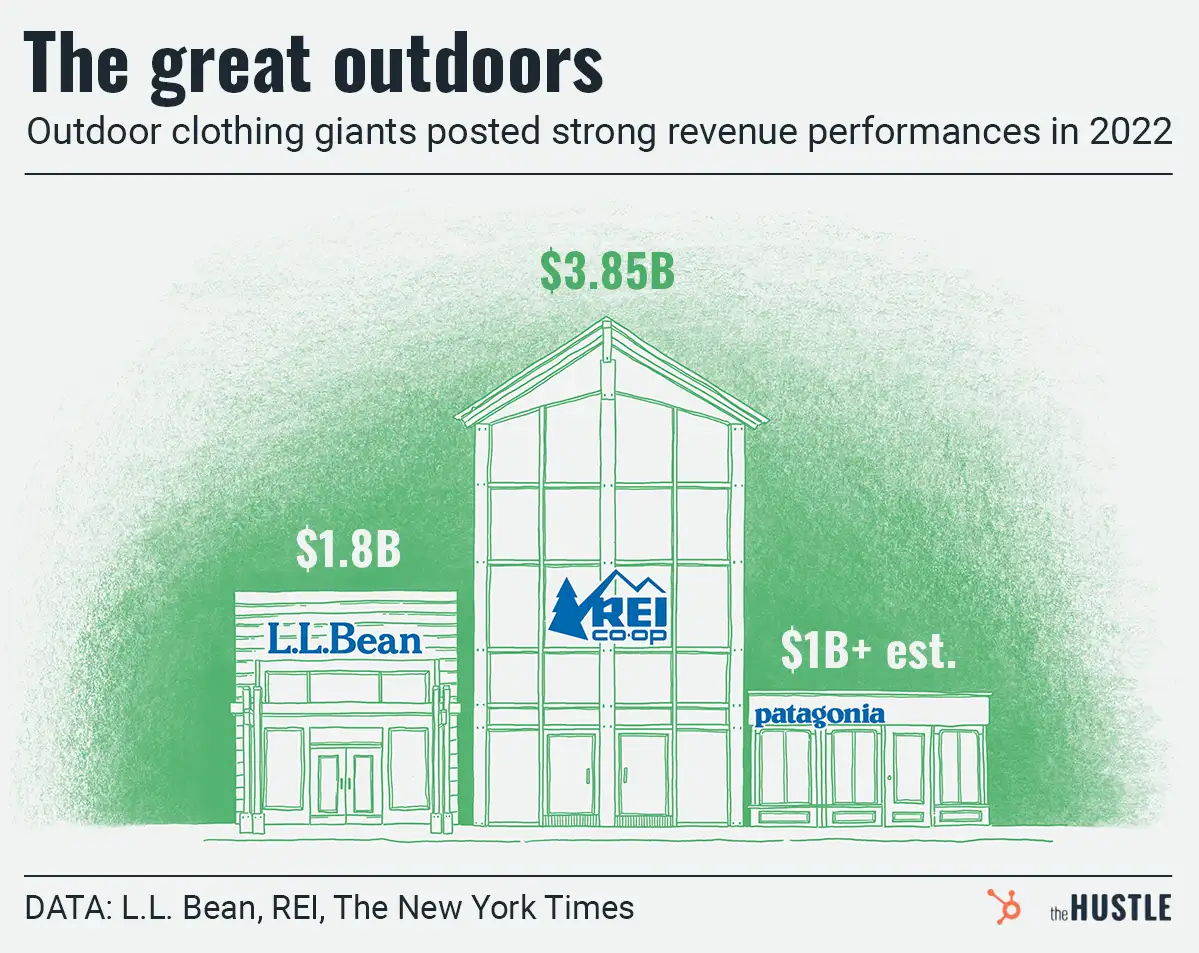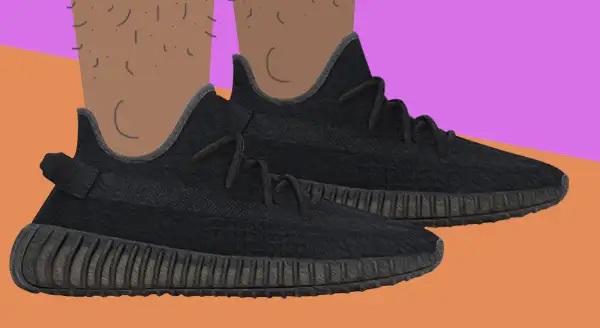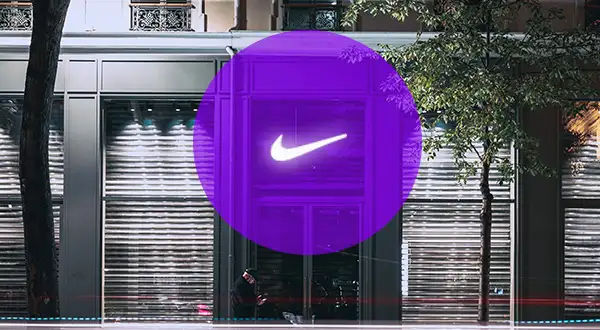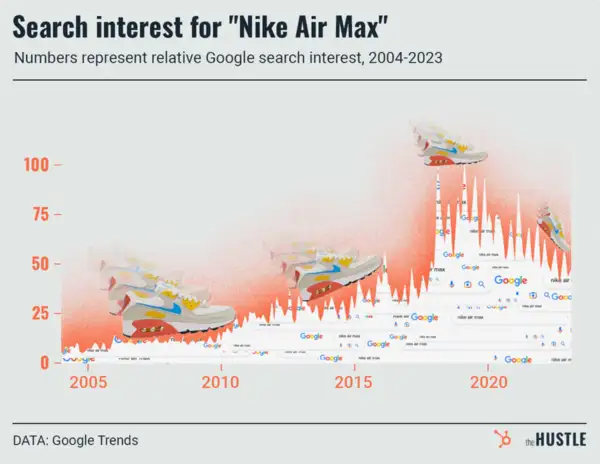Photo by David M. Benett/Dave Benett/Getty Images for SHEIN

There’s fast fashion, then there’s Shein.
If you haven’t heard of the Chinese online retailer — here are some fast facts:
- In 2020, Shein pulled in $10B in annual revenue, up 250% YoY
- In June, Shein made up 28% of all fast-fashion sales in the US
- The company has reportedly been valued as high as ~$47B
When analysts look for comparisons for Shein, they often look to fast-fashion players like Zara and H&M, but according to Rest of World, they should be looking at Amazon.
While other fast-fashion players replicate runway trends…
… Shein’s platform is built to take advantage of the social media hype cycle. To do so, like Amazon, Shein uses a combination of software and a massive supplier network.
It all starts with Shein’s marketplace, which includes ~6k Chinese factories that grew loyal to Shein because the company actually pays them on time, a rarity in Chinese manufacturing.
This allows Shein to be more demanding than other retailers. While Zara’s orders typically include a 2k minimum delivered in 30 days, Shein can ask suppliers for as little as 100 products in 10 days.
Smaller orders and tighter delivery windows allow Shein to test styles quickly and see what’s selling — resulting in a wider, more fluid inventory than its competitors. Case in point:
- Between July and December, Shein added between 2k-10k new styles to its app per day
- Recent analysis showed 70%+ of Shein’s styles were added in the last 3 months, compared to 53% for Zara, and 40% for H&M
But… fast fashion has serious downsides
Shein’s growth, though impressive, comes at a significant cost. Fast fashion has been criticized for its massive contribution to global waste (we covered the issue previously here), and Shein has been pegged as one of the biggest offenders.
While the company’s operational execution is certainly impressive, it would be even more impressive if they applied that same innovation to making fast fashion more sustainable.





